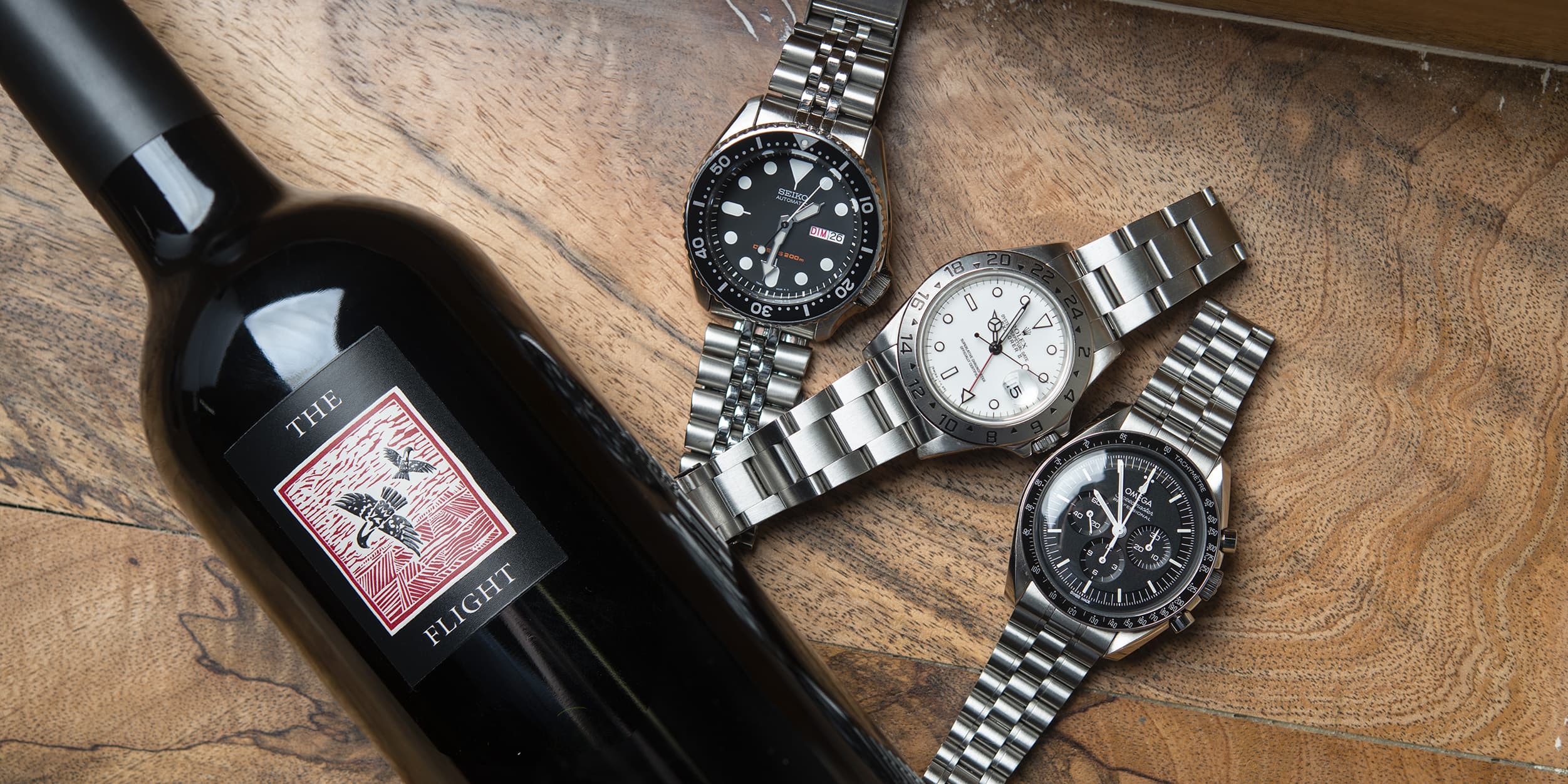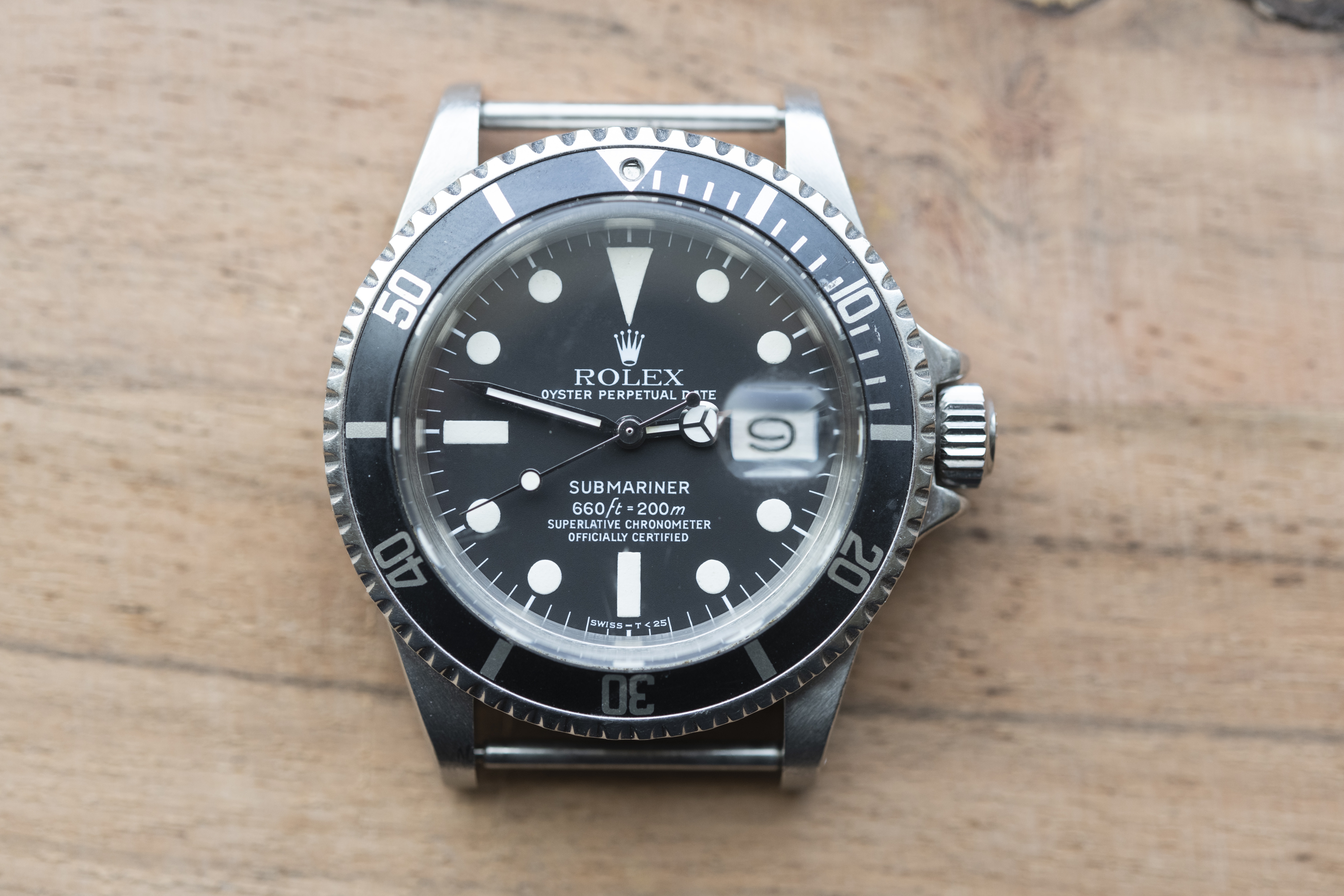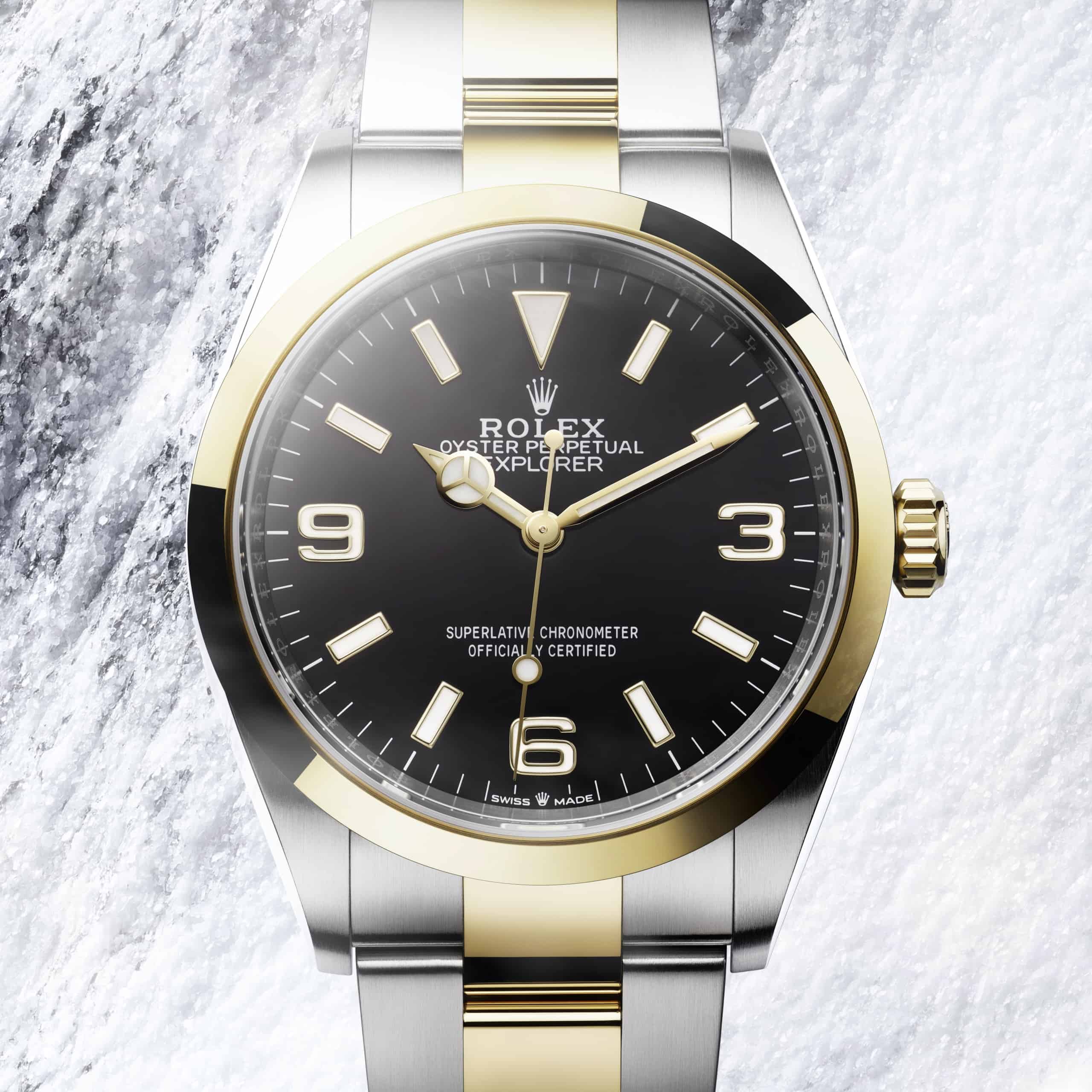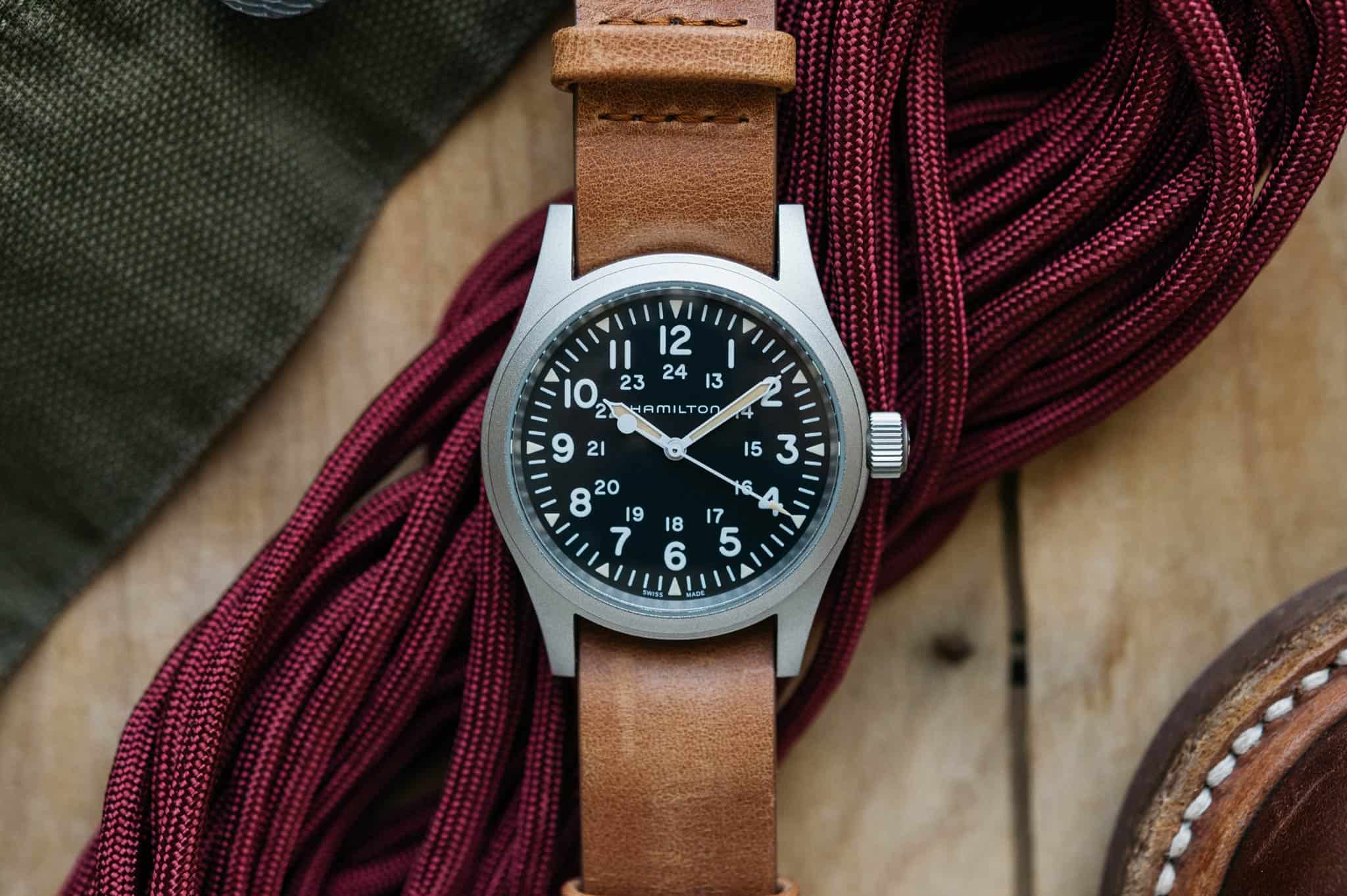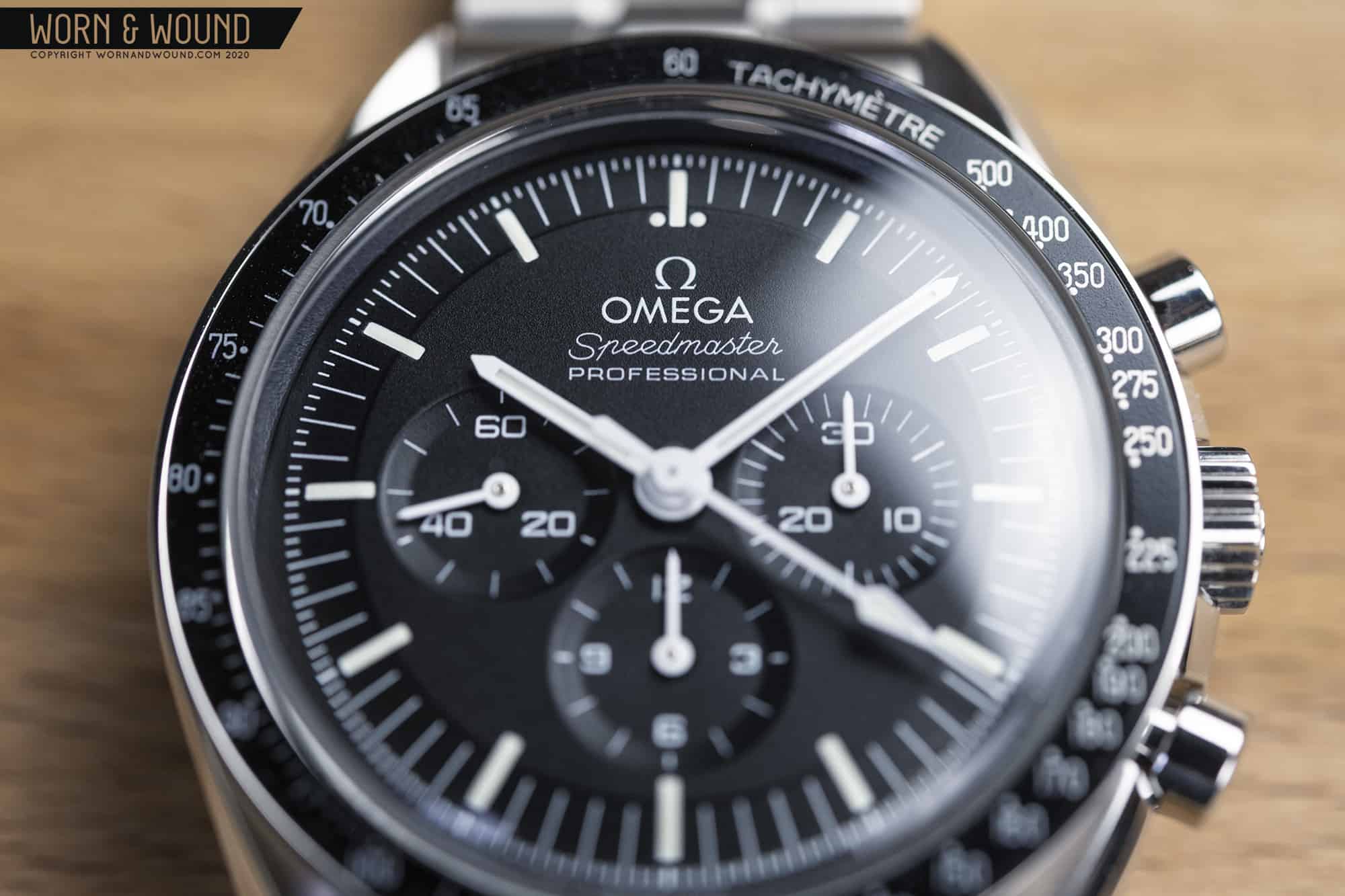The first time I held a bottle of Château Lafite-Rothschild, my palms actually began to sweat. This, of course, was the last thing I wanted to happen, especially as a young wine writer new to the business: Sweaty palms raised the risk of my dropping it! I gently returned it to its spot on the table and slowly began to back away, looking, I imagined at the time, like the frightened subject of some terrifying medieval king, taking my leave and not wanting to turn my back as he gnashed away on a massive pheasant leg, the juices dripping from his bushy beard.
In hindsight, I was being ridiculous: This was just a bottle of wine. Sure, that iconic 1975 Bordeaux could have covered several months’ worth of car-lease payments for the Acura I drove at the time, but it wasn’t so outlandishly precious that the world would have stopped spinning on its axis if I had dropped the thing. It was a bottle of wine from an underrated vintage, and produced by a château that’s been at or near the top of the French wine world for so long that Thomas Jefferson was a passionate fan and client. Year after year, though the details of the wine certainly change (it’s called “vintage variation” for a reason), Lafite’s inimitable Lafite-ness shines through with incredible consistency. And its reputation is as solid as can be.
It is, in other words, a classic.









 Featured Videos
Featured Videos




